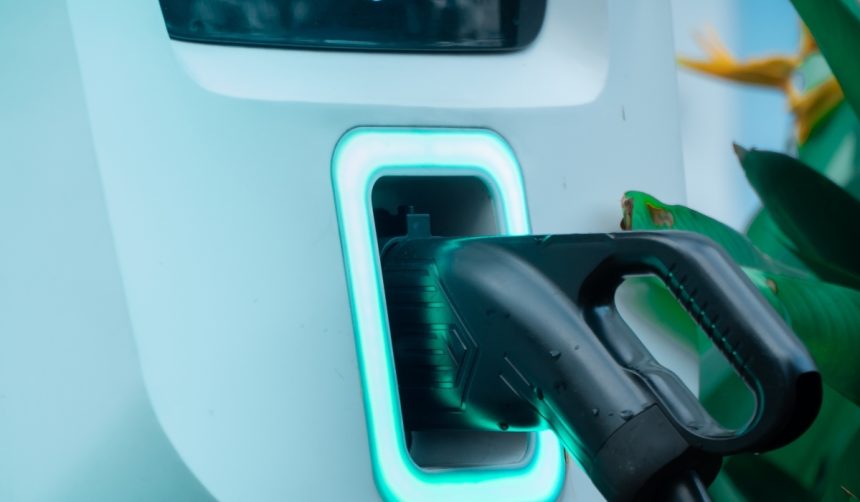A recent rule revision by the Internal Revenue Service (IRS) has shifted the landscape for electric vehicle (EV) purchasers and manufacturers. Now, car buyers can secure the Clean Vehicle Tax Credit by simply signing a purchase agreement, rather than being obliged to take delivery before September 30. This adjustment means consumers are granted more flexibility—allowing them to select their preferred models, including popular choices like the Tesla Model Y and Model 3, and lock in incentives with only a marginal initial payment. Automotive companies stand to benefit as well, with extended timelines improving supply chain planning and reducing pressure related to immediate vehicle deliveries. These changes prompt new negotiations between automakers and buyers, reshaping standard sales timelines across the industry.
Other reports have previously highlighted how strict delivery deadlines for incentives led to spikes in last-minute sales and operational bottlenecks for brands such as Ford, Tesla, and Chevrolet. That environment fueled consumer anxiety and forced auto manufacturers to expedite logistics at additional cost. Under prior tax credit structures, automakers faced sudden demand surges, particularly ahead of incentive sunsets. The IRS rule revision aims to mitigate these difficulties, but questions still linger about how such policies impact long-term market stability, especially as automakers plan upcoming EV releases or upgrade domestic production capabilities.
How Will Consumer Choices Shift with the New Rule?
Consumers may now take more time customizing their vehicles, rather than settling for immediate inventory to secure a $7,500 credit. With the sale incentive tied to an executed agreement instead of delivery, EV buyers can prioritize features and models that best suit their preferences. As a result, a wider cross-section of potential buyers—including those considering models from Tesla as well as other manufacturers—could enter contracts before the policy cutoff. EV dealers and manufacturers anticipate a stronger quarter, while also preparing for potential volatility once the credit’s availability expires. One automaker representative stated,
“Customers are looking forward to personalizing their EVs without deadline pressure.”
Will Policy Shifts Impact Automaker Planning?
Automakers must now consider how short-term policy decisions affect their long-term product strategies. Changing government priorities and potential reversals create uncertainty, making it harder for companies like Tesla and Ford to invest confidently in new models or domestic plants. Policy instability could affect capital allocation, supply chain investments, and the rollout of future EV lines. As one company spokesperson observed,
“Fluctuating incentives complicate planning for U.S. manufacturing expansion.”
These challenges are amplified by fluctuating consumer demand whenever subsidies are implemented or withdrawn.
What Are the Implications for U.S. Climate and Economic Goals?
The Clean Vehicle Tax Credit was designed both to incentivize cleaner transportation and strengthen domestic automotive industries. Adjustments to these incentives could slow progress toward emissions reductions by limiting the number of buyers who can afford EVs. Additionally, inconsistent or unpredictable credits make it more difficult for U.S. automakers to compete globally, particularly with Chinese manufacturers benefiting from stable, government-supported initiatives. Calls have arisen for a more strategic, tiered approach targeting affordable models and domestically produced vehicles—the goal being to advance climate objectives and maintain competitiveness in the international auto market.
The IRS policy change temporarily addresses consumer demand management, but the deeper challenge remains: EV sticker prices are still high for broad adoption in the absence of support. If incentives lapse or shift frequently, market uncertainty will increase for both buyers and automakers, undermining the intent of promoting cleaner vehicles and technological innovation. Stakeholders are considering long-term credit systems that prioritize affordability and domestic manufacturing, which could help stabilize the sector, foster more inclusive access to EVs, and align market incentives with environmental policy targets. For readers keen on purchasing an EV, understanding these regulatory shifts and the timing of purchase agreements is critical to maximizing benefits while managing expectations regarding future incentives.










